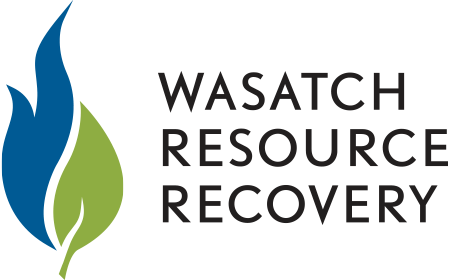How this North Salt Lake plant will turn table scraps into natural gas
NORTH SALT LAKE — It is the only one of its kind in Utah, or the West for that matter, and it quietly occupies a patch of land in North Salt Lake, gobbling up the food waste from yogurt manufacturers, used restaurant oil, bad batches of beer, soda pop and discarded produce from grocery stores.
“What we did is build a synthetic animal out here,” said Morgan Bowerman, sustainability manager for Wasatch Resource Recovery.
Food waste is the largest waste stream in the United States, with an estimated 40% of the food produced in the country ending up never consumed.









